“Microsoft Teams is becoming a central tool in almost every organization, especially considering the ongoing health crisis. Here, at Infowise, we also use it extensively; I would even say it's our main tool!”
Vladi Gubler, CTO, Infowise
As you well know, the pandemic has created significant flux in all facets of life globally. The past year and a half have seen society shaken, causing deep and lasting changes to how we as professionals conduct business. After having been forced to work remotely during the pandemic, a growing contingent of businesses have realized that remote work through collaboration software can be just as effective as the traditional in-person method, all while saving businesses money on office space expenses. Emily Courtney, a writer at Flexjobs, recently compiled a list of businesses moving towards either partial or complete remote employment. From that list, I’ve picked a few standouts that may surprise you. Shopify, for example, one of the world's largest e-commerce businesses, has pivoted to a completely remote workforce indefinitely and is offloading its property holdings. Dropbox, one of the world's most valuable startups with a valuation of over 10 billion dollars, has also moved to a completely remote workforce. Even Facebook, the most prolific social network ever, is moving towards a more remote workforce, projecting that 50% of its employees will continue to work remotely even after the pandemic.
The world’s ability to adapt to the pandemic through remote work has proven to workforces that much of the hassle of on-site work is completely unnecessary. For this reason, many reject the idea of returning to the office. Bloomberg Wealth’s Anders Melin and Misyrlena Egkolfopoulou explore this sentiment of resistance in their article about remote work after the pandemic. The poll that the authors cite in the article has some pretty astounding results that tidily encapsulate the significance of the shift in workplace culture that has taken place since the pandemic:
“A May survey of 1,000 U.S. adults showed that 39% would consider quitting if their employers weren’t flexible about remote work. The generational difference is clear: Among millennials and Gen Z, that figure was 49%, according to the poll by Morning Consult on behalf of Bloomberg News.”
Just a few years ago, such a monumental shift in the way businesses operate would have been difficult to fathom; but with the accelerated development of communications technology starting with the advent of the internet and culminating in complete virtual office workspaces, completely and partially remote workforces are not only viable but in some cases favorable. Microsoft Teams, one such virtual office space, has experienced a meteoric rise in popularity since the beginning of the pandemic. It has grown its user base from around 32 million users to over 145 million in less than a year and a half, surpassing its nearest competitor Slack’s daily user numbers in early 2019. Teams’ rise during the pandemic was no coincidence; it was poised to become the standard in collaborative professional software; the pandemic just acted as a catalyst to accelerate its proliferation.
According to Flex Jobs, 93 of the world's fortune 100 businesses trust Teams to collaborate. The logistical changes that the pandemic caused are proving to executives that remote work is efficient and effective, and Microsoft is reaping the benefits of that revelation through Teams. Microsoft Teams is Microsoft’s proprietary digital collaboration and communication environment. It acts as a hub for teamwork, allowing leaders to effectively group their team members and provide them with a virtual workspace. In this digital space, teammates can communicate through real-time video meetings and instant messaging, plan using a shared calendar system, share files, and much more with the myriad of additional apps that integrate with Teams. One of the major advantages of Teams over other collaboration software is that it seamlessly integrates with the entire Microsoft 365 environment, which is arguably the standard for general professional software. For this reason, users can work collaboratively on projects using 365 software remotely. This integration even includes Microsoft Sharepoint.
Teams’ ability to integrate with Sharepoint, Microsoft's advanced document management and storage system, is one of its most compelling strengths, allowing for collaborators to use the highly customizable platform in conjunction with the already powerful Teams, all within a unified workspace. Put; Teams is a digital approximation of the office. From shared calendars and bulletin boards to face-to-face meetings, Teams is a complete hub for teamwork that can either augment your current in-person workflow or facilitate an evolution towards remote work. In this digital transformation era, where enterprise mobility is becoming increasingly important, Microsoft has brought its considerable experience and expertise to bear on the problem of remote work. The solution that is produced and that is taking the business world by storm is Microsoft Teams.
Here at Infowise, we recognize the power of Teams as a collaborative tool, especially in conjunction with Sharepoint. For this reason, we’ve developed a variety of integration solutions to improve this already exceptional system further. From simple vacation request forms to complex logistical solutions, we’ve applied our years of experience improving Microsoft products to bear on Microsoft Teams, and we’re proud of the results!. If you have any questions about our tools or services, please contact us or check out some of our other articles about how teams and SharePoint can benefit your organization.
Here are few links to resources showing the intersection between Infowise products and Teams
Custom Forms in Teams
Adding Forms to Teams
Add your comment
Flexible Forms
Convenient responsive modern forms, featuring tabs, section and column permissions, dynamic rules, repeating sections, electronic signatures and input validation, while keeping all your data safely inside SharePoint.
Smart dynamic SharePoint forms provide an exceptional user experience, improve data quality and simplify business processes, saving you valuable resources.
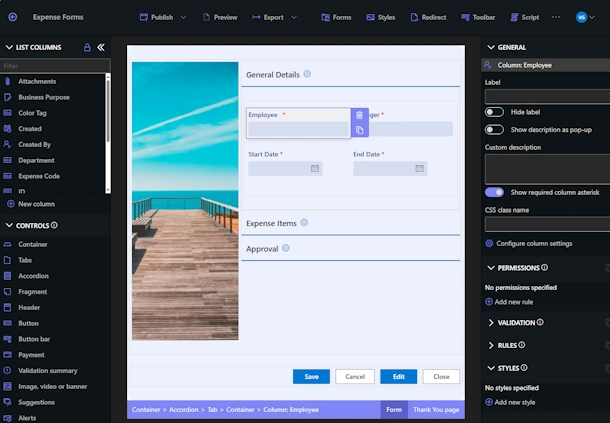
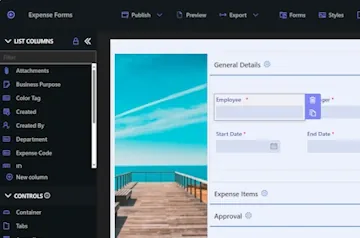
Intuitive Automation
Replace complex SharePoint and Power Automate workflows with simple, but versatile Actions to create and update data inside SharePoint and in a variety of integrated applications, such as Exchange, MS SQL, Teams and many more.
By reducing the learning curve, you empower more people in your organization to create and manage business solutions, successfully removing bottlenecks.
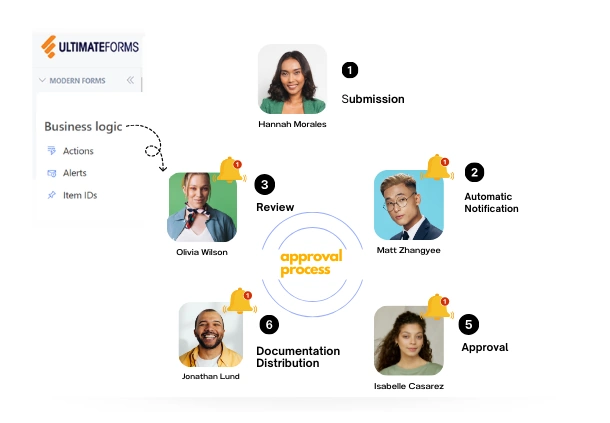
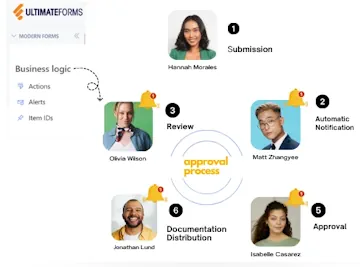
Clear Reporting
Present data as actionable insights with detailed shareable reports, dashboards, KPIs, calendars and charts.
Everyone is able to visualize information in an accessible fashion, improving responsiveness and accountability.
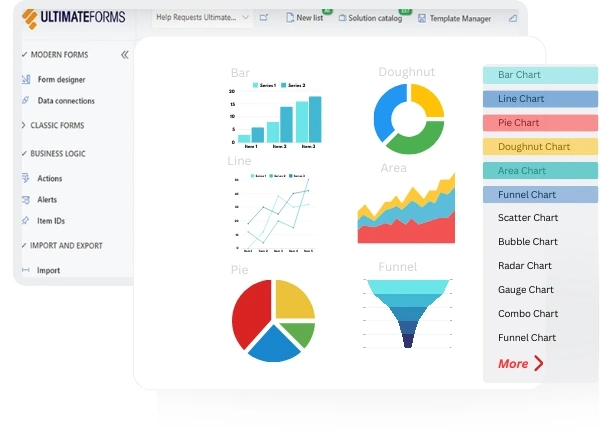
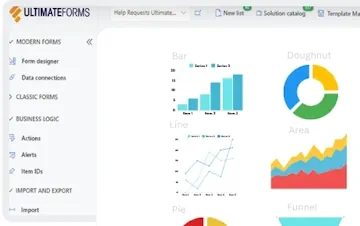
100’s of Templates



